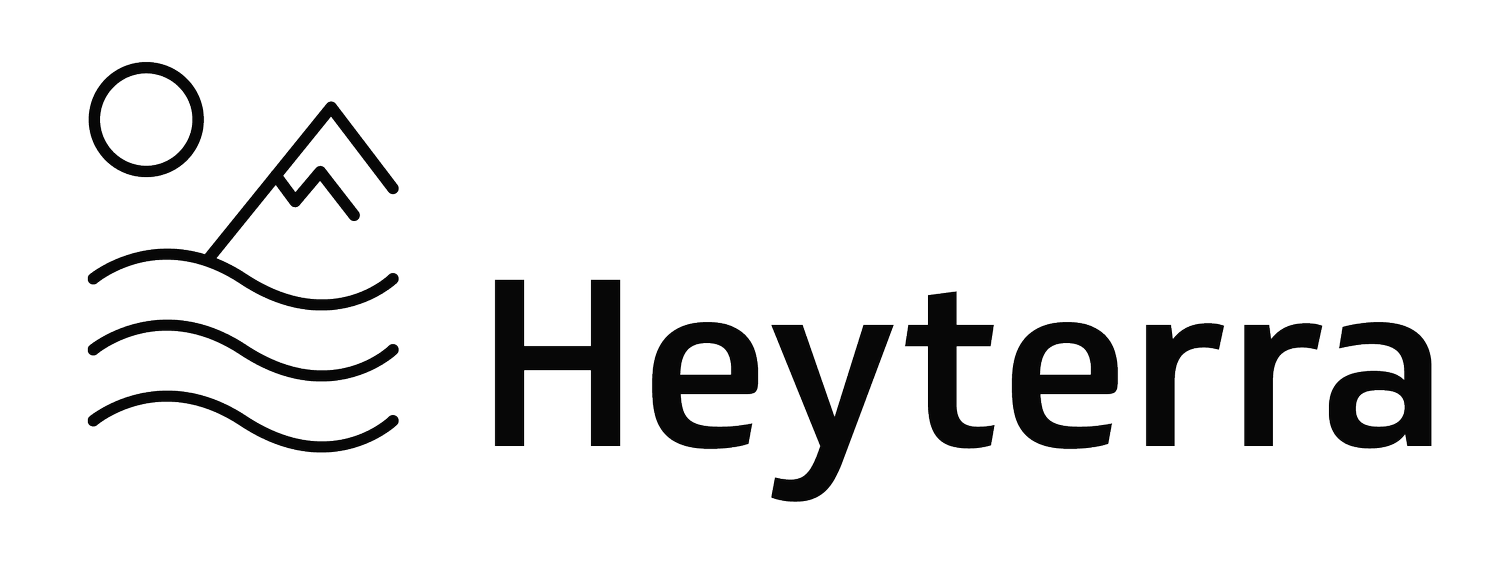The New Tourist: Knowledge + Travel = Power
The highly anticipated release of quite everything we grapple with here at Heyterra— travel journalist Paige McClanahan’s debut is a brilliant exploration of how tourism has shaped the world, and nudges us to consider our role in it.
Those of us who have committed to any level of positive-impact travel know that it can often feel like a Sisyphean task.
With so much information floating around, it’s hard to know who to trust and how to spend the precious time and money we have to spare. The New Tourist: Waking Up to the Power and Perils of Travel, out this June from Paige McClanahan, cuts through the noise by starting from the beginning. Forget the sustainable part – first you have to understand travel. With cinematic clarity and a commanding but conversational tone, McClanahan takes readers by the hand and walks them through tourism’s past, present, and potential future.
One of the many things this book does well is isolating problem areas that have become buzzwords and bringing them to life on the page. To illustrate her points about overtourism, she takes us to Iceland, Hawai‘i, and Barcelona to see what’s happening on the ground. When she talks about climate change, she narrates her own visits to vanishing glaciers. She gives names and faces to the people struggling for economic and ecological survival and goes beyond facts and figures to weave each vignette into an overarching story. Not only does McClanahan travel to these destinations, but she also finds her way to the heart of the action. From high-stakes board meetings to heartfelt discussions with locals and tourism professionals alike, she manages to capture her interactions and their implications in riveting detail.
In some cases, McClanahan takes her reporting one step further, using her own experiences as examples of responsible – or even irresponsible – tourism. For example, after a guide in Cambodia urges her to pose for a stream of picture-perfect content, she splices together a reel and sends it out without thinking about the story she would actually like to tell. The lesson she learns has to do with perpetuating colonial stereotypes and mindless consumption of tourist destinations. But she arrives at this message without using preachy or overly academic jargon. By sharing these missteps and walking the reader through their impact, she shows that the harmful effects of tourism can be unintentional and that becoming a “New Tourist” can be as simple as turning the camera around and putting a little thought into how we represent the places we visit.
This book is a journey unto itself, and one that evades easy categorization. McClanahan seems just as comfortable recreating the history of guide-book publishing as she does unbraiding the nuanced distinctions between a) global warming caused by carbon emissions, b) global warming caused by contrails, and c) how flight path management can actually make contrails work in our favor. And she does all this using simple language to build vivid scenes. It may seem hypocritical to continue traveling while acknowledging its detrimental effects, but McClanahan’s eye-witness case studies (combined with her deep and thorough research) pack a much harder punch than any theoretical list of statistics ever could. This very fact shows how powerful a tool tourism can be and why, when practiced consciously, its benefits can still outweigh its negative side effects. The New Tourist, in opening readers’ eyes to the larger context and inherent privilege behind the act of travel, paves the way for all of us to use that power for good.





